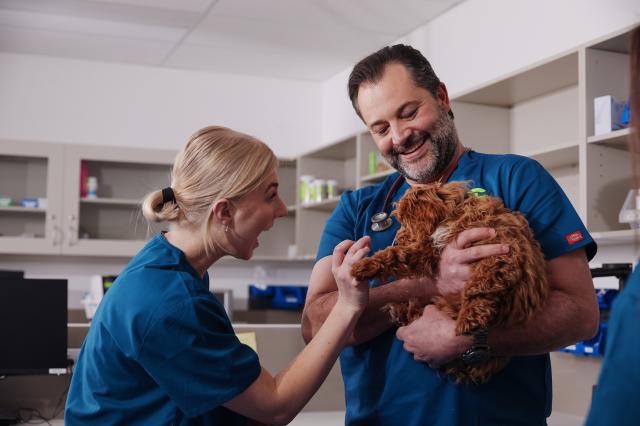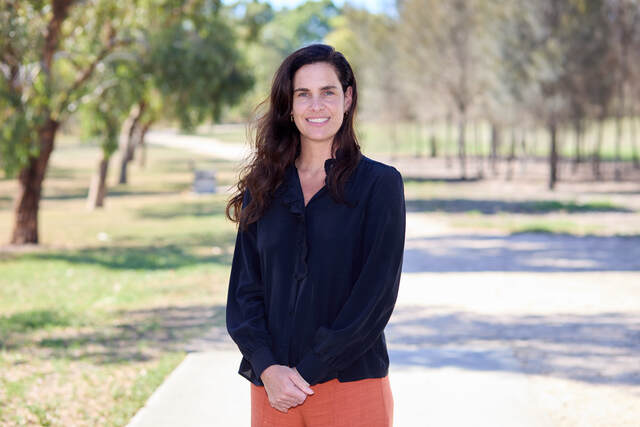Support for Victoria’s volunteer firefighters and emergency service personnel has been described as “piecemeal” and “flawed” by the state’s auditor-general.
On the eve of memorials to the 173 lives lost in the 2009 Black Saturday bushfires, John Doyle last week handed down a report into how the Country Fire Authority and State Emergency Service manage their large volunteer workforces.
“The CFA does not know how many volunteers it needs and SES does not accurately know how many it has,” Mr Doyle noted. “Further, both agencies’ procedures for analysing their volunteers’ skills and qualifications are flawed, which hinders their ability to identify workforce skills gaps.”
Mr Doyle found neither agency has a coherent, documented strategy for volunteer recruitment that identifies the volunteers needed and the approaches required to address that need.
PICTURE GALLERY: Mickleham fires
PICTURE GALLERY: Gisborne fires
“Consequently, volunteer recruitment happens in an ad hoc way at the local brigade and unit levels, with differing approaches to when and how volunteers are recruited.”
Mr Doyle also found the effectiveness of the CFA and SES recruitment practices was “unclear”.
“Given the disconnect between the locally identified needs and the recruitment practices, it is not possible to know whether, and to what extent, this need is being met.
“There is also no framework in place that informs management in CFA and SES about the performance of volunteer recruitment practices.” Mr Doyle said neither agency could be certain it had the capacity to respond appropriately to incidents because they overestimated the emergency response capabilities of their volunteer workforces.
Addressing these issues was critical to the long-term sustainability of these emergency service agencies, the auditor-general said.
The CFA has about 57,500 volunteers around the state, including 38,000 operational and 19,500 non-operational personnel. The state’s 5000 SES volunteers undertake both operational and non-operational roles. Volunteers also provide a workforce “surge capacity” during protracted major incidents, such as Black Saturday.
The report found the CFA identifies only the number of volunteers with specific skills that it needs, rather than the minimum number of volunteers needed to perform its functions.
“The SES identifies the number of volunteers it needs, and with what skills. However, SES’s volunteer data is not robust enough to be confident about the actual number of volunteers it has,” the report stated. “Without an accurate baseline, it is not possible for SES to know what the gap is, and, therefore, what more is needed.”
The auditor-general found both agencies had responded positively to his report.
“CFA is in the process of implementing programs that aim to address concerns raised, and SES has provided an undertaking to establish an action plan to address all recommendations.”






